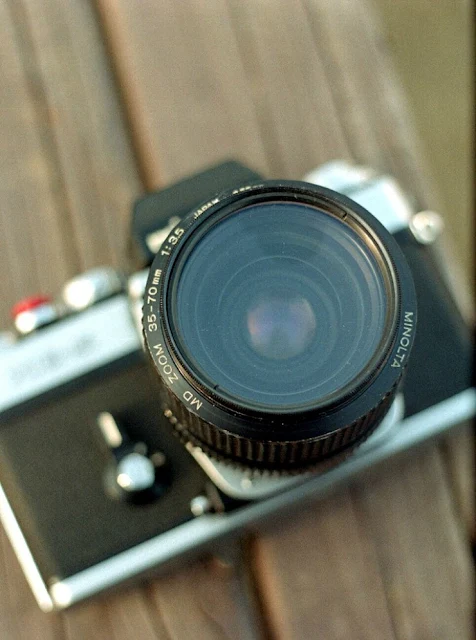In 1972, the German Rights Company, famous for Leica, faced a management difficulty.
Before and after the oil shock, high wages and high oil prices led to an absurd increase in manufacturing costs.
The ambitious Leica M5 couldn't escape the sluggishness (of course, I made up for it really nicely with the M6).
When management became difficult due to the high manufacturing cost, it received a loan from Switzerland.
At the same time, it naturally turns to a third country where labor costs are low and a certain level of quality can be expected.
At that time, the country that stood out to Leitz Corporation was Japan.
The Japanese camera industry was solidifying its position through the benchmarking of RF and through the innovation of SLR.
Leica chose MINOLTA, who had been having fun with the SR-1 series, as a partner.
This is the technical alliance between the famous Minolta and Rights. beauty
MINolta has contributed to the body production of Leica's R3 and 4 series and Leica CL, with technology that is not like a developing country.
Leica has transferred the lens technology to Minolta.
In conclusion, the Rights Company is like raising a tiger cub.
At the time, the technological alliances resulted in the birth of brothers and sisters that are different from Minolta's
MC Fish-eye Rokkor 16mm F2.8
MC Rokkor PG 50mm 1.4
MC W.Rokkor-SI 24 mm 1:2.8
MD Zoom Rokkor 35-70 mm 1:3.5 (non-macro)
MD Zoom Rokkor 75-200 mm 1:4.5
MC Zoom Rokkor 80-200 mm 4.5
Etc.
Body
Minolta XE-1 / Leica R3, Minolta XD-7 / Leica R4.
Among them, the inexpensive standard zoom is the MD Zoom Rokkor 35-70 mm 1:3.5 (non-macro), which has exactly the same configuration as the Leica Vario Elmar-R 35-70mm 1:3.5.
Minolta's MD ZOOM 35-70 has various variations,
1.MD Zoom Rokkor 35-70mm f3.5
2.MD Zoom 35-70mm f3.5 (non-Marco)
3.MD Zoom 35-70mm f3.5 macro
4.MD Zoom Rokkor 35-70mm f3.5~4.8
Will be. Until the second, it seems almost the same, but the exact same is No. 2, and in No. 3, the minimum focal length was slightly shortened and improved.
From the 3rd, the composition is different, and the 4th is called OEM design.
Source: http://www.photography-forums.com/minolta-f24.html














0 Comments